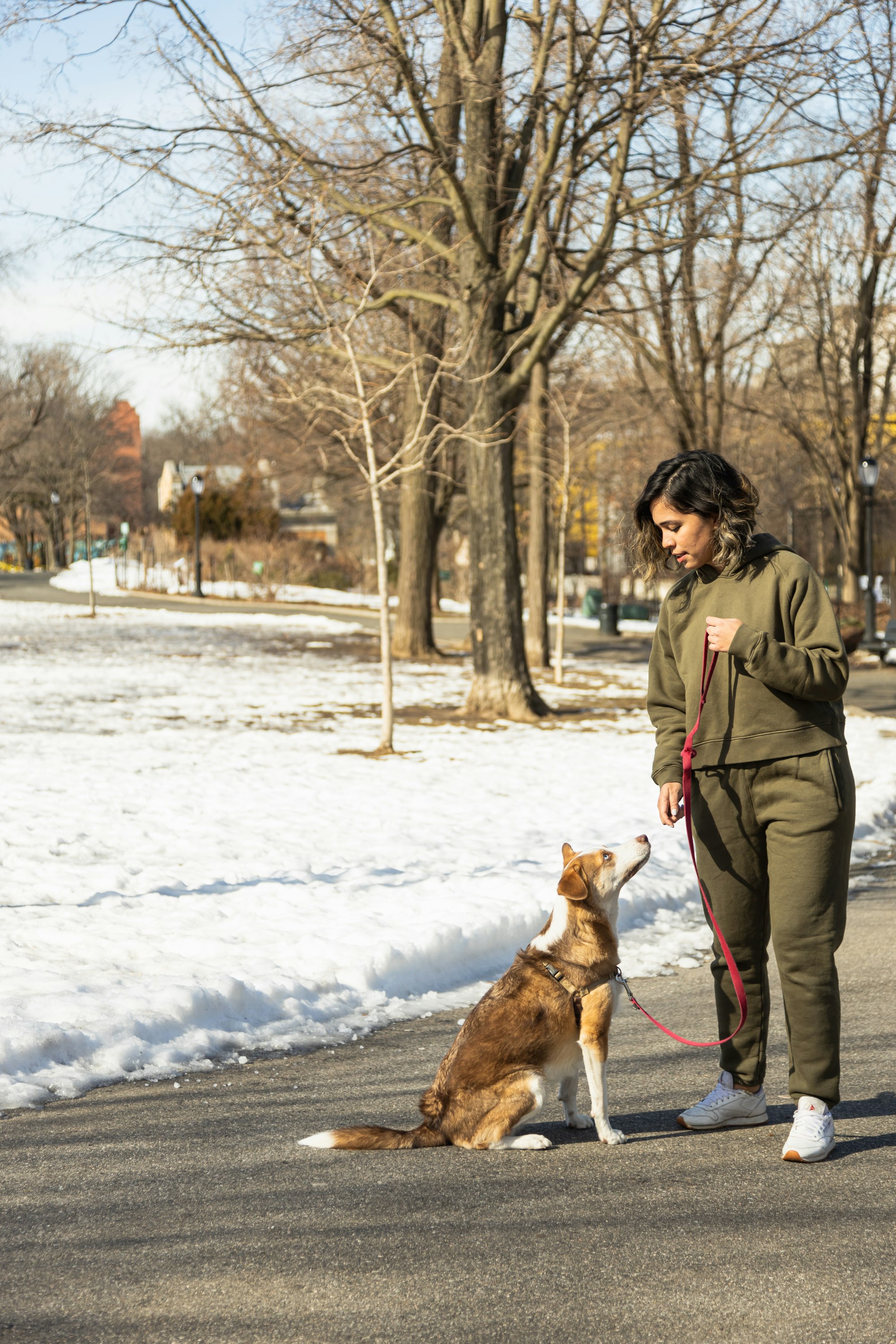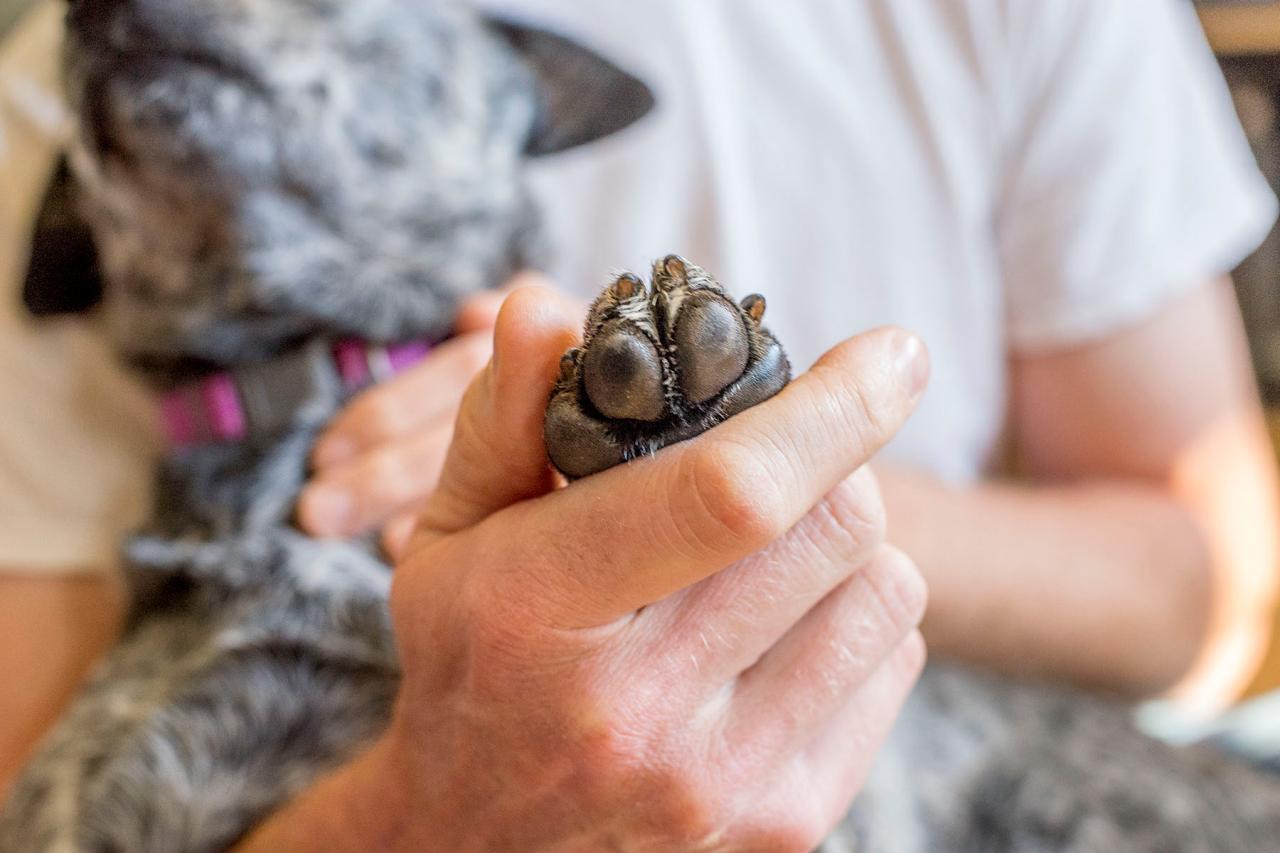In order to have an enjoyable relationship with your dog, there has to be clear communication and obedience. By understanding one another, both the dog and dog owner are happy and understand each other’s boundaries. Most importantly, by training your dog you are keeping him/her safe and those around you safe.

Sit:
The most crucial command a dog needs to know is “sit.” Although that is an obvious command that most dog owners think their dog already knows, there is a slight misconception. Your dog may sit, but will he sit until you tell him he is freed by your command? Will he sit when another dog walks by? Will he remain sitting when you throw a ball or even food 5 feet away from him? That is the most important aspect of the “sit” command. Having your dog be able to sit unconditionally, until he is told that he or she is free is the trick.
By knowing that command you gain control. That control can prevent your dog from running into the street, from running at your guests, or approaching a hostile situation. Having control over your dog to remain seated no matter what is going on around them is the most perfected version of the “sit” command.
Stay:
Now here is where the “stay” command comes in. Exposing your dog to distractions and sharpening their ability to remain in one place is important in many situations such as having them stay for a photo or not approaching another dog. Again, your dog’s knowledge of stay is important in maintaining control of your dog in any situation.

Free:
The third command every dog should know is “free.” Our dogs need a command to know they are free to move around after sitting or staying. By not giving a dog a command that releases him/her, it can make them nervous or anxious because they don’t know when they can move again. By differentiating between sitting/staying and being free, they not only have a better understanding of both commands but also are less anxious because they know what they are supposed to be doing and what they’re not supposed to be doing.
Come:
Another important command every dog should know is “come.” For obvious reasons, a dog that doesn’t respond or come to you when you call on them can get in all kinds of trouble. Whether it’s preventing your dog from chasing another dog or running off while off leash, the “come” command is necessary.
Drop:
Another command every dog should know is “drop.” Dogs constantly put all kinds of gross or foreign objects into their mouths and sometimes even swallow it. Being able to successfully tell your dog to drop something can not only save your shoes from getting torn apart but can also save your wallet from an expensive surgery to remove those objects from their belly. Having your dog drop something requires a high level of engagement. Your dog needs to value you more than the object he/she has in their mouth, so be sure to use high value rewards when training.

Leave It:
Another commonly used command similar to “drop” is “leave it.” The difference is that this command stops your dog from touching the object to begin with. This can be useful when they find a dead bird in the yard or try to snatch chocolate off the table. Teaching your dog to leave it establishes boundaries and could even save their life, depending on what it is they’re trying to get.
Get more expert advice on pet-parenting by visiting the Off Leash blog at TryFi.com.
TryFi's The Fi Dog Collar is a must-have for any pet parent, it's a GPS tracking collar that helps you keep tabs on your dog's location, activity, and sleep patterns, and alerts you if they escape your backyard. Try the Fi Dog Collar today!






